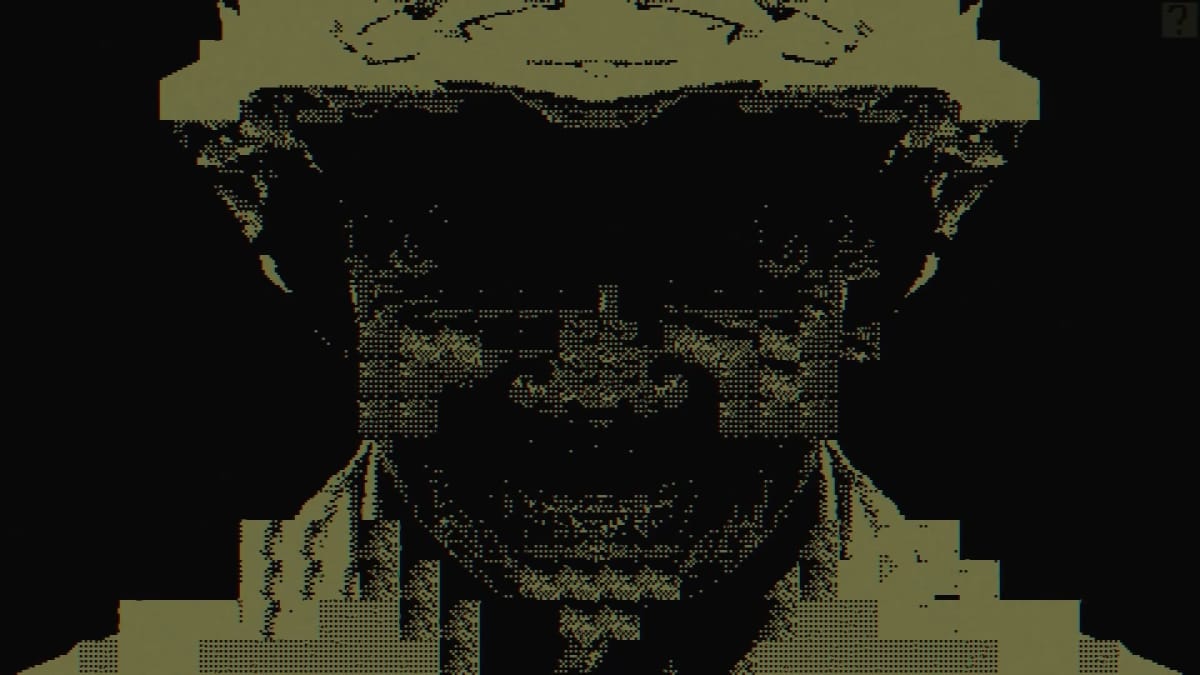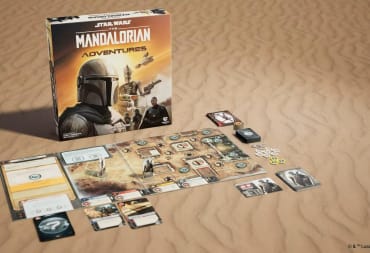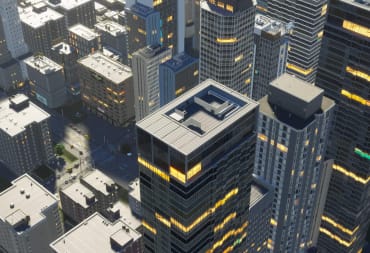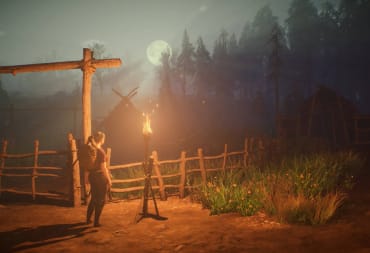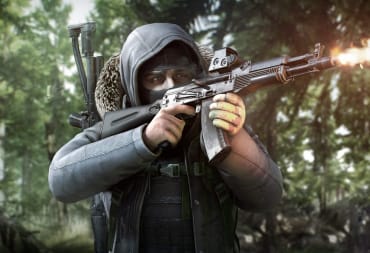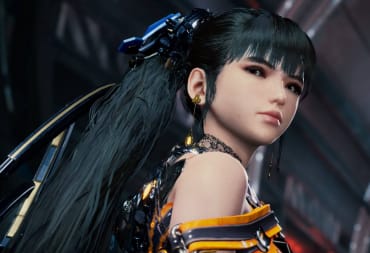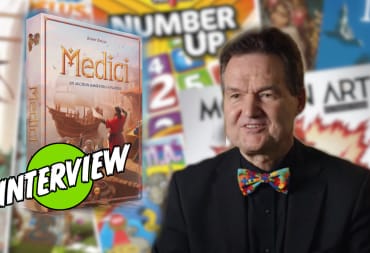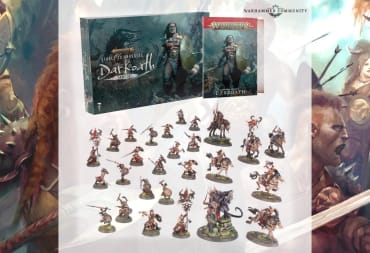The yawing of a single rope descends into thick, inky darkness. The hues of the world are black, white, and sickly yellow - as sick as the deteriorating mind of your country companion after he's bitten by a small worm-like creature. From your screen, you can make out the details of overgrown crabgrass, trees, and a farm cottage behind the well you stand in front of.
In a room in a large abandoned house, there hangs the body of a child. The child's features are darkened as if in mourning for their untimely death. When the rope connecting their leg to the ceiling is cut and the unmoving body is placed on the floor, to your horror it disintegrates into ash.
Imagine how these scenes would be presented in a triple-A horror game. Do you picture vivid gory details brought to life using advanced lighting and graphic engines? Each shadow, drop of blood, and flesh blackened with rot lovingly detail. But that's the furthest from the truth. Both of these scenarios are rendered through 1 and 2-bit graphics, a highly pixelated style that's more at home on an old Apple I or II computer than in the modern era.
But why does it work so effectively? The reasons become more apparent as you delve deeper into what horror is in the first place, and why the genre holds such a massive appeal for its audience.
Warning for massive spoilers ahead for World of Horror, VEILED, and The Well.
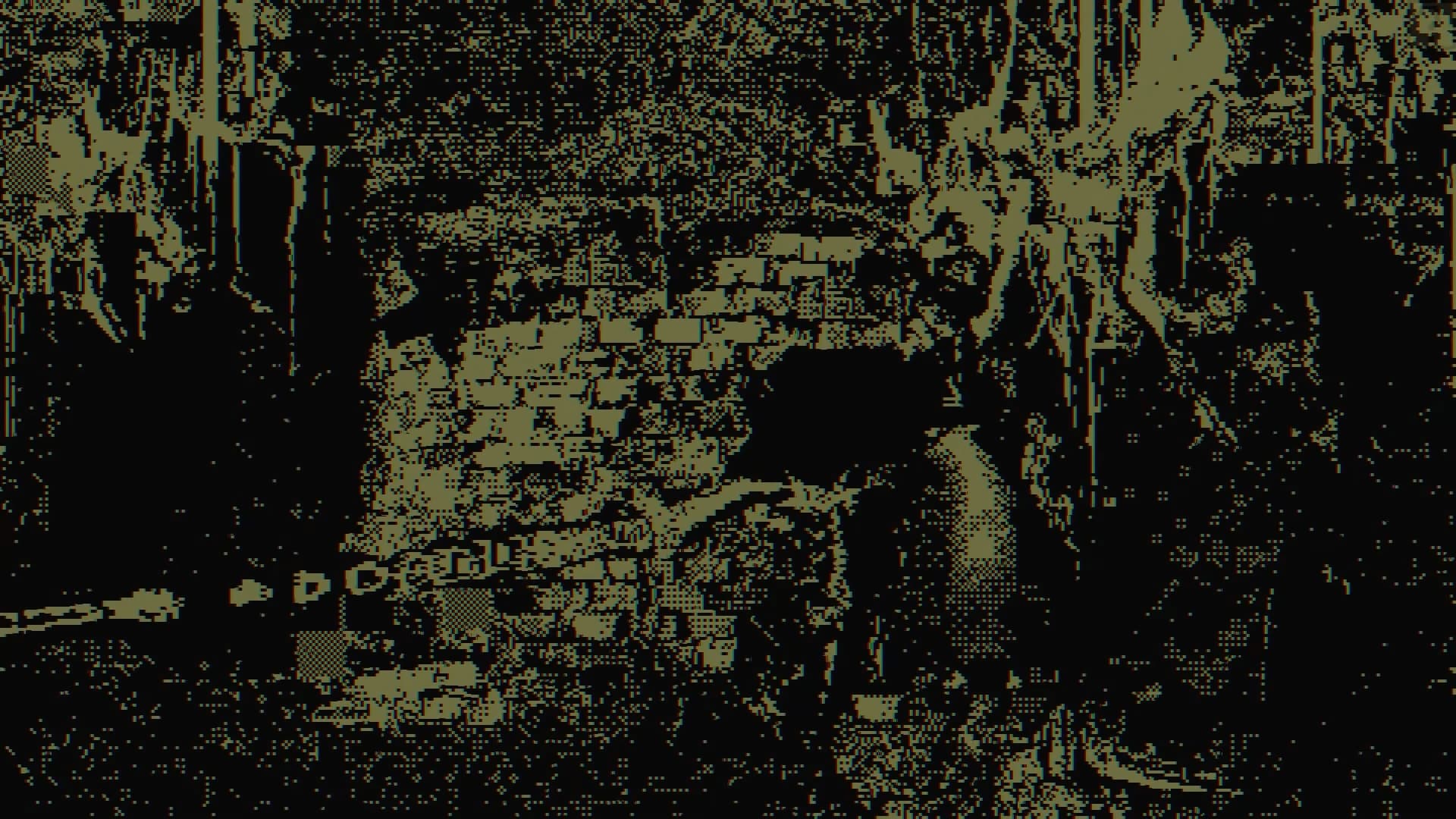
What is Horror?
Horror is a medium that elicits dark repressed emotions in us. It also allows us to tap into the primordial fear that many of us have long since lost touch with, and the main way to do so is through the unknown. These are the just visible but indiscernible horrors. Beings and threats that dance just outside human comprehension, that haunt both mind and memories long after the experience is over. This then elicits a fear of things that we cannot see, that we cannot comprehend, that is just outside our grasp of knowledge.
This fear is well-rooted in our shared history of ancient dangers such as natural disasters and predation. Humans learned to judge what was unsettling and dangerous before knowing fully what threats were or how they formed. Through observation and generational knowledge passed down, stories were told of what to avoid, of what horrors lied beyond human civilization.
Humans since then have cemented their status as apex predators, and as such rarely if ever experience those same dangers. Horror, therefore, is a genre that allows us to experience those same thrills and scares from the safety of our homes. Depending on the type, medium, and art style, its presentation can wildly vary from detailed and visceral to completely hidden threats that rarely, if ever, fully show its true form.
Many horror games rely on the power of modern graphics to show every smeared bloodstain, every vein, even piece of rotting meat and gore, in sharp crystal clear detail. This, if handled properly, can disgust and disturb players as they’re forced to see these horrors uncompromised. On the other hand, if you can vividly see the threats that are poised to attack and their positions, then you can devise strategies to counter them. They cease being insurmountable beings and instead are brought down to the same fallible level as us, thus removing much of the tension and atmosphere.
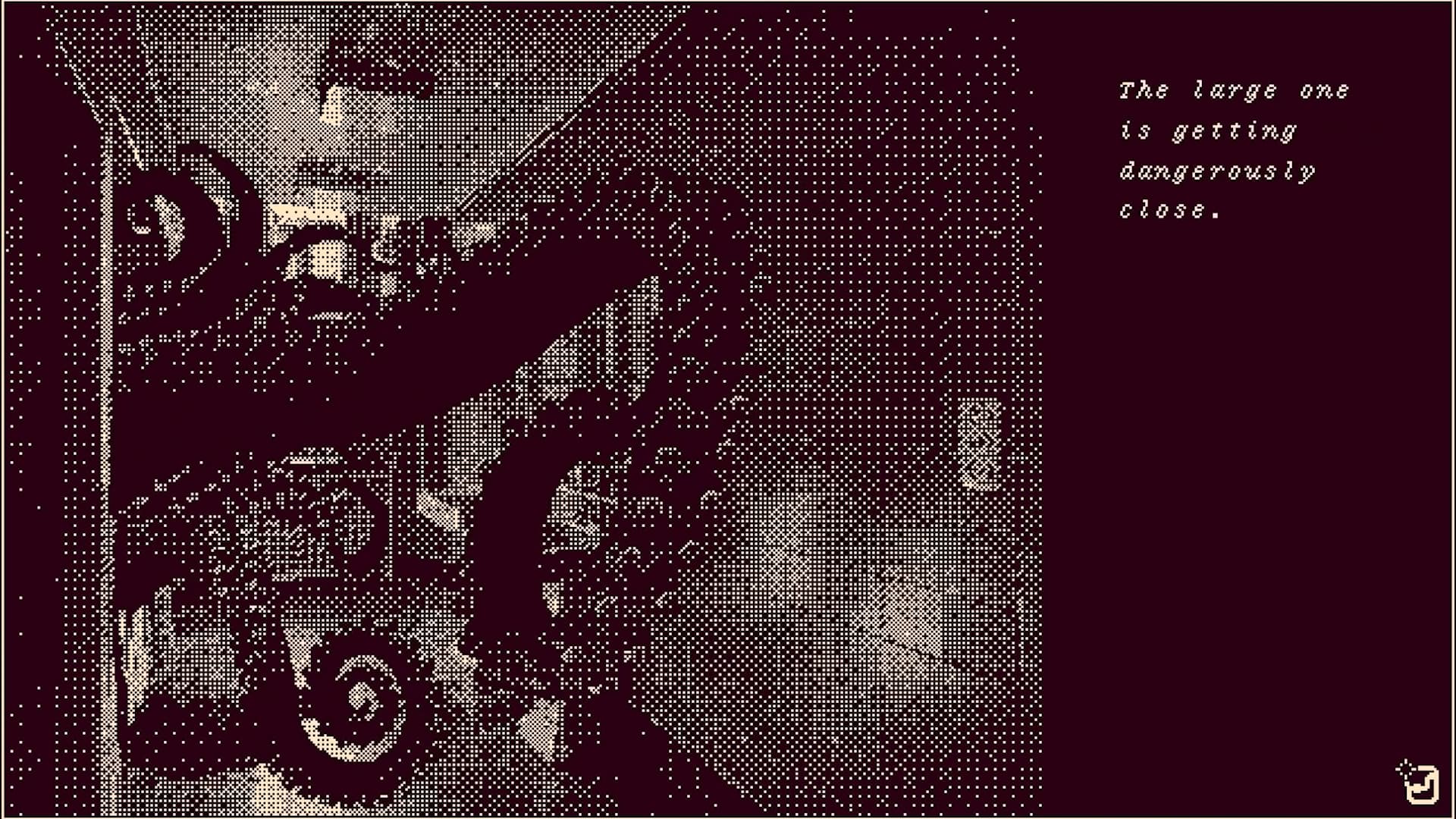
Why Do Retro Graphics Work Best?
Because of this, many of the best examples of horror aren’t found in highly polished triple-A games that command million-dollar budgets. Much of what conveys the creative force and ingenuity behind the genre can be found in the graphically simplest of titles. These are titles that take full advantage of low-resolution visuals, in order to craft a uniquely terrifying experience.
Since 1 and 2-bit graphics are normally limited to a white and black color palette, which limits visual information. There’s a level of softness and subtle work to the shadowing, to each object and person, creating a lull in what’s perceived that’s perfect for catching players off guard. Sometimes a splash of a third color can be added, vivid against the plain shades and conveying a certain atmosphere or effect.
In the fittingly titled game The Well, there's a yellow palette wash over the screen, a color that’s normally associated with sickness. As the rope dips in and out of the seemingly endless yawning darkness of the well, that yellow combined with 2-bit graphics create a sense of foreboding and tension as you slowly discover the well's hidden secrets. There's a black cat that you pet as you manage the rope. After a certain event passes, the form of the black cat changes into a horrifying monster composed of large pixels haphazardly placed in a form that defies logical explanation.
You also see examples of this in VEILED. It follows a parent who tracks down their kidnapped child to a large, abandoned manor in the woods. Inside its dusty remains are giant black blobs of tentacles, thickly dotted pixels encompassing its body as it gives chase. The pixels often conceal the environment and, combined with white and black shades that fill the world, make navigation through the labyrinth of a house just as treacherous.
Another title, World of Horror, is where a major enemy scissor-wielding woman called the Kuchisake-onna can be found. The game place in the summer of 1984. A simpler and less defined time where modern technology is still in its early stages. The 1 and 2-bit graphics reflect the more primitive tech, with artwork drawn in MS Paint and further pixelated within the black-and-white game engine (with sometimes a splash of color that stands out like a pool of blood) to create a world barely defined. With details outlined just enough to know something to be unsettling and wrong, warped and corrupted by Eldritch abominations that threaten to tear the fabric of reality, but not able to fully pinpoint let alone fully comprehend what it is.
In these scenarios, the primitive graphics and limited color palette mimic the primal fear of barely discernible phenomenon and the limited vision one might have at night or during other environmental elements that would limit visibility, such as rain or fog.
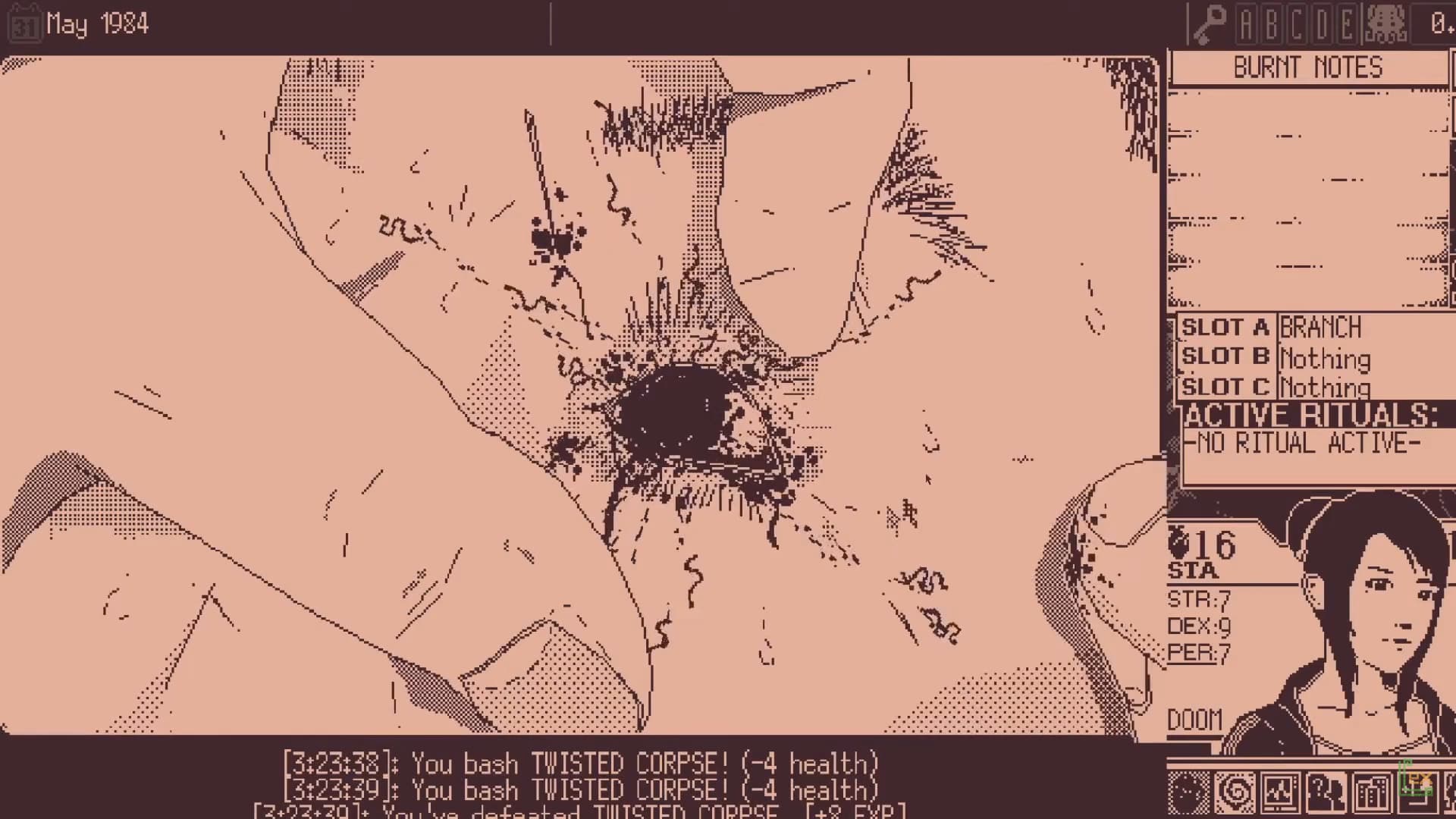
When the Horror Comes From Within
But what happens when that lack of visual information and absence of comprehension, normally given through much cleaner visuals, manifests in the body betraying oneself? You’re forced to witness the slow process of degradation as the physical self warps and transforms into something foreign to human understanding.
That kind of horror is the specialty of World of Horror. There are many examples to pull from, including a creeping stalker whose limbs are pulled grotesquely long and stretched throughout an apartment's ventilation system, rapidly appearing holes that slowly eat away at your flesh, tiny eels crawling from your neighbor's eye that you just punctured with a sewing pin, and a married couple whose bodies are gradually fusing with each other.
VEILED also draws from the well of body horror. In one of the rooms, there's a woman's body slowly rotting in a bathtub of water. Her blood floating on the surface has grown moldy and when you reach over to cut a finger from her blackened hand, it's squishy and completely boneless. There's also the game's climax after you inject the character with a needle and watch as your hands elongate before your eyes, the soft deliberate shadows making the transformation that much more quiet and horrible.
The Well too, as its own climatic end results in both you and your mentally deteriorating companion being forcibly transformed into horrific beings that serve an unfathomable shape. In this case, the transformation is completely off-screen as the game is in first person, yet seeing the being before you but unable to comprehend the sight alludes to the violent transformation committed on your body against your will.
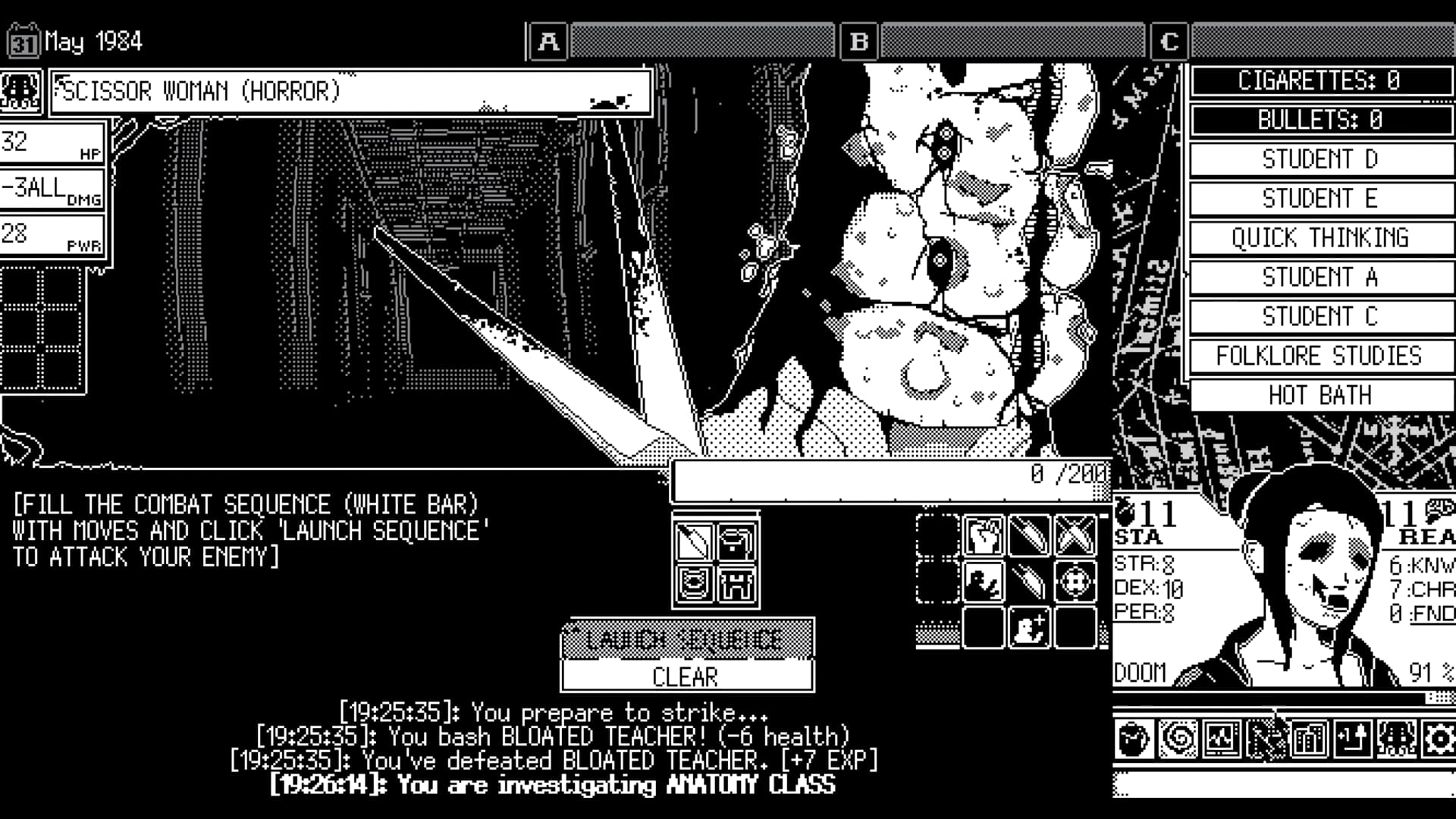
The Power of Horror on the Human Psyche
Horror has always been a deeply personal concept, representing what frightens the human collective the most. One of the most reliable draws is the fear of not just the unknown but the undefined. And what's more undefined than old Apple computer-style graphics and colors that give some definition to shapes and its inevitable corruption, but leave enough to the imagination to let the primitive fear in your brain fill in those missing pieces?
That is the true power of retro horror.
Have a tip, or want to point out something we missed? Leave a Comment or e-mail us at tips@techraptor.net
